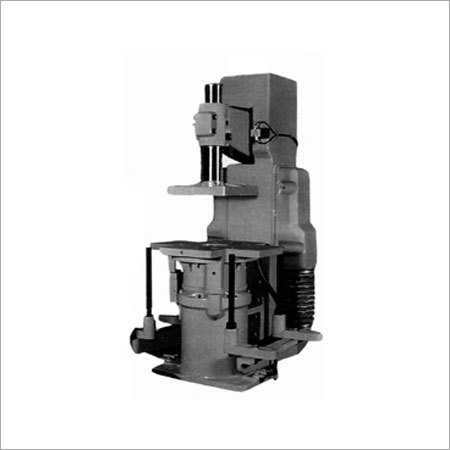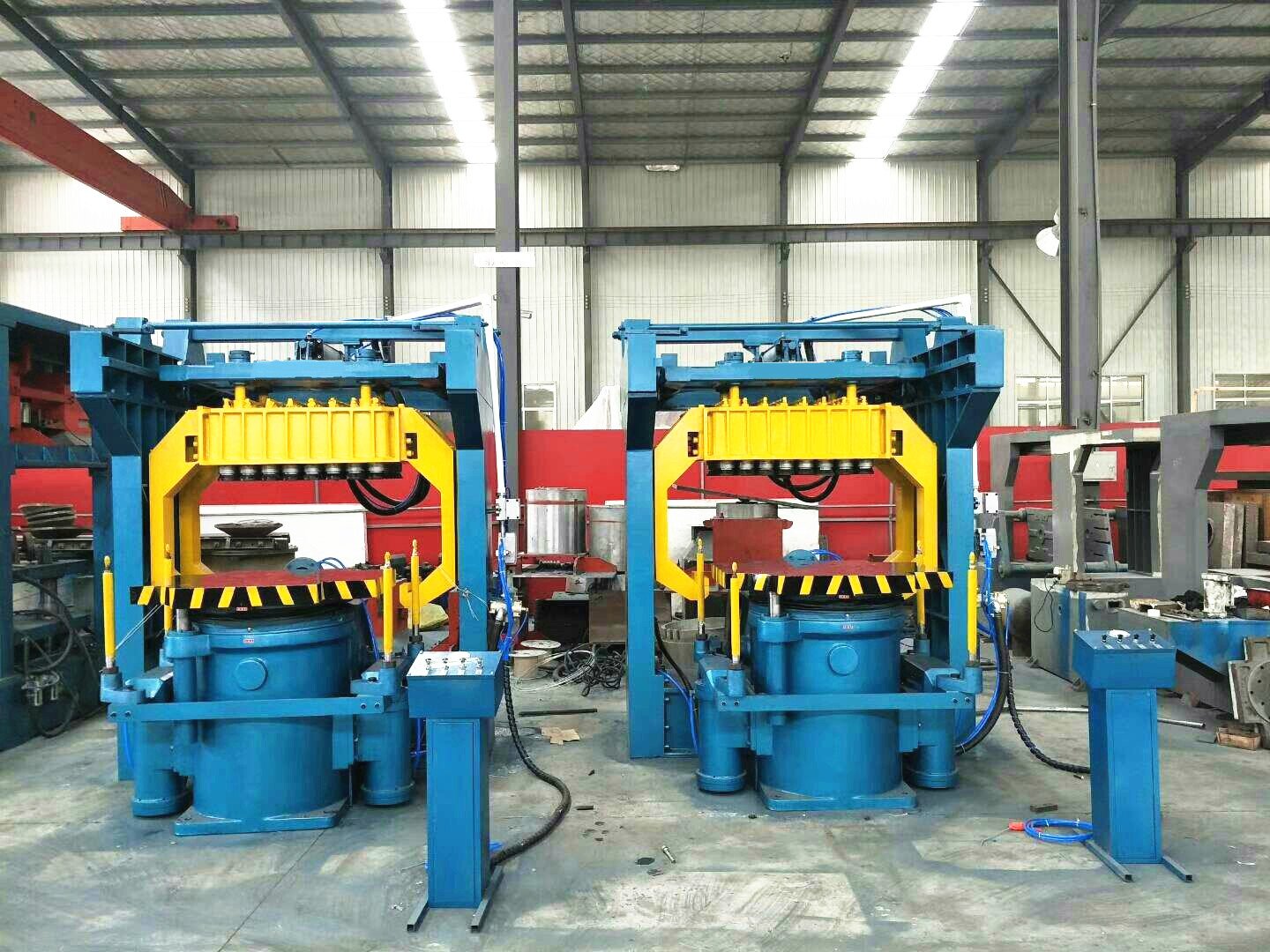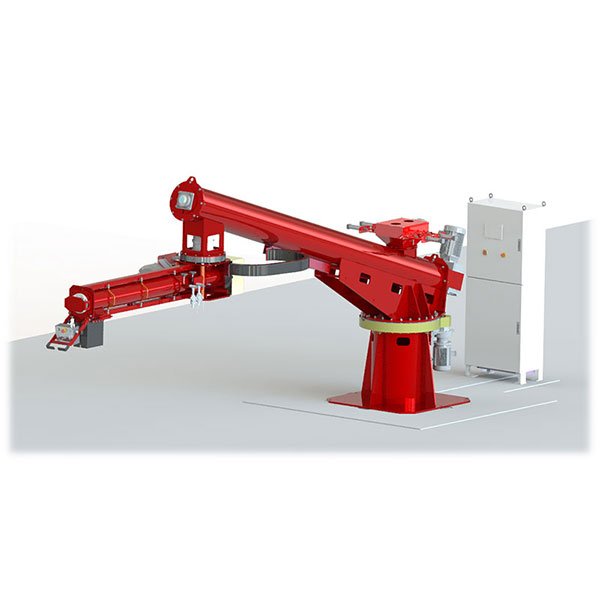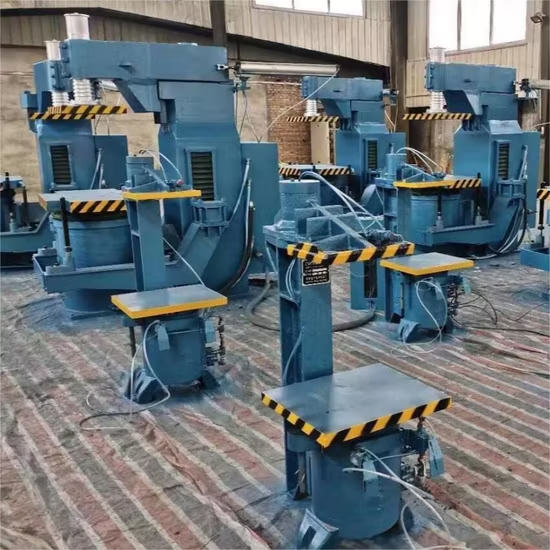
Are you overwhelmed by the countless options for shot blasting machines in 2025? You’re not alone.
A ‘good’ shot blasting machine balances precision, power, and longevity while adapting to evolving industry demands like automation, sustainability, and real-time data integration.
Choosing the wrong machine could cost you more than money—it could slow production, reduce quality, and hurt your reputation. This article gives you a 10-step buyer’s checklist to make an informed decision in 2025.
1. Define Your Application and Surface Requirements?
Are you trying to remove scale from heavy steel or prep lightweight aluminum for coating?
Your choice of machine must match the material type, surface finish needs, and production scale.
Selecting a shot blasting machine starts with understanding your application. Every industry—from automotive to pipe manufacturing—has different expectations for surface finish, throughput, and part geometry.
For instance, an automotive parts manufacturer needs precise peening on small castings, while a pipe mill focuses on scale removal from long steel tubes. If your product mix includes thin aluminum sheets, then aggressive blasting could distort parts. Matching machine capability with these factors is non-negotiable.
Let’s break this down in a table:
| Factor | Typical Requirement Example | Impact on Machine Choice |
|---|---|---|
| Industry | Automotive, Construction, Shipbuilding | Determines finish tolerance & volume |
| Material Type | Steel, Aluminum, Iron | Affects blast intensity and abrasive type |
| Desired Finish | Cleaning, Roughening, Peening | Drives blast wheel spec and media type |
| Throughput & Geometry | Small castings vs large pipes | Determines size, type, and loading mechanism |
Ignoring this step leads to mismatched machines that underperform. I once had a client switch machines mid-project because they didn’t consider pipe length variation—costing them 3 months in delays.
2. Machine Type and Configuration Suitability?
Roller conveyor or rotary table—how do you choose what fits your plant?
The best configuration fits your layout, part shapes, and production flow—mobile or stationary, automated or manual.
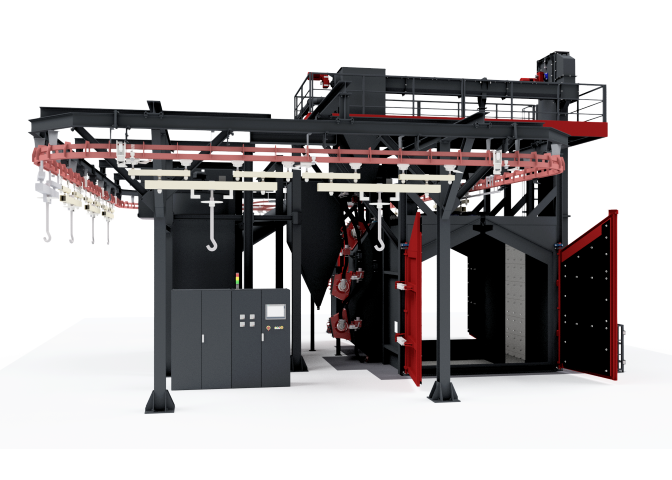
Here’s the truth: most companies buy machines without considering future expansion or production changes. I’ve seen a hanger-type machine bottleneck an entire line simply because parts outgrew its hook load limit.
Below is a simplified overview of typical configurations:
| Machine Type | Best for… | Pros | Cons |
|---|---|---|---|
| Roller Conveyor | Beams, plates, profiles | Fast, inline operation | Requires straight parts |
| Rotary Table | Small batches, flat parts | Compact, flexible | Lower throughput |
| Hanger Type | Castings, welded structures | High versatility | Requires overhead space |
| Wire Rod Line | Wire coils, bars | Continuous processing | Niche application |
| Pipe Blaster | Inner & outer cleaning for tubes | Specialized for pipe geometry | Limited to tubular shapes |
| Mobile Blaster | On-site or roadwork use | Flexibility | Less powerful than fixed systems |
Always choose with your workflow in mind. Also, think modular—can it be upgraded later?
3. Blast Wheel or Nozzle Technology & Performance?
How powerful should your blast wheel be? What about coverage?
A high-quality blast system ensures even surface coverage, energy efficiency, and longer equipment life.
I always say: the heart of your shot blasting machine is the blast wheel or nozzle system. It decides cleaning speed, consistency, and even abrasive consumption.
Here’s what matters:
| Key Element | Description | Why It Matters |
|---|---|---|
| Power Rating (kW) | Determines abrasive throwing force | Affects cleaning speed |
| Positioning | Blast angle and part exposure | Impacts uniformity of finish |
| Abrasive Flow Rate | Adjustable settings for various materials | Prevents over- or under-cleaning |
| Wear-resistant Material | Tungsten liners, hardened blades | Reduces maintenance frequency |
| Coverage Efficiency | Wide-angle vs narrow beams | Improves productivity |
If your parts vary in size, adjustable flow and multi-wheel systems are your friend. Choose a system that’s not overpowered for thin parts but not weak on rusted steel.
4. Abrasive Media Compatibility and Recyclability?
Does your machine recycle media well or just blow through it?
The right system ensures minimal media waste and protects your components from premature wear.

The media you use—steel grit, shot, or custom blends—needs compatibility with your machine's separator, filters, and blast mechanism. I’ve seen users spend 3x more annually on media simply because their machines had poor reclamation systems.
Key metrics to check:
| Feature | Importance |
|---|---|
| Media Separator Efficiency | Removes dust, fines, and broken shot |
| Dust Collector Design | Maintains visibility and air quality |
| Hopper & Feeder System | Reduces jams and maintains flow |
| Recyclability Rate | Reduces cost over time |
| Wear Protection | Preserves core machine parts |
Machines with cyclone separators and magnetic reclaiming units will save you thousands long term—don’t cut corners here.
5. Automation & Smart Technology Features (2025 Edition)?
Are you leveraging real-time analytics or still operating blind?
Smart systems offer predictive maintenance, automated controls, and seamless integration with your production software.
In 2025, data-driven manufacturing is not optional. IoT-enabled shot blasters are transforming how we work—no more guesswork on wear, blast cycles, or maintenance.
Smart features to consider:
| Technology | Benefit |
|---|---|
| PLC with HMI | Easy operation and fault detection |
| Predictive Maintenance | AI alerts for part wear, reducing downtime |
| Remote Monitoring | Optimize processes from anywhere |
| SCADA/ERP Integration | Sync production data |
At HiTech-China, we offer smart-ready systems because we’ve seen clients cut unscheduled downtime by 40% with these features. Imagine being notified before a blast wheel fails.
6. Build Quality and Durability?
Is your machine built to last—or will it wear out in 2 years?
Durability comes from design—thicker walls, better linings, and time-tested engineering.
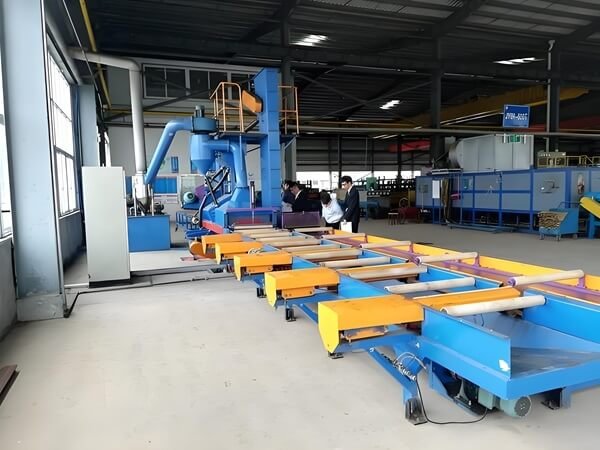
Materials matter. Chamber linings, blade compositions, and weld quality affect not only longevity but also safety and efficiency.
What I look for when evaluating durability:
| Specification | Good Value Range |
|---|---|
| Cabinet Wall Thickness | ≥ 8mm (abrasive zones) |
| Liner Material | Manganese, Hardox, or Tungsten |
| Sealing System | Multi-layer for dust and shot retention |
| CE/ISO Certifications | Confirms international compliance |
Machines made with poor materials will cost you more in spare parts. I once replaced a client's full blast cabinet liner after just 10 months of usage—because they went with a cheaper supplier.
7. Ease of Maintenance and Downtime Reduction?
How quickly can you replace a worn blade or unclog a media valve?
Good machines have modular parts, tool-less access, and diagnostics—saving time and labor.
Every hour your machine is down means money lost. That’s why maintenance ease is often more important than initial cost.
Key ease-of-maintenance features:
| Feature | Time-Saving Benefit |
|---|---|
| Modular Blast Units | Replace only what’s worn |
| Inspection Ports | Quick visual checks |
| Tool-less Access Covers | Fast part replacement |
| QR-coded Manuals | Instant documentation |
Our clients love how we build machines with top-mounted motors and external bearing access—it’s maintenance that respects your time.
8. Safety and Environmental Compliance?
Are you meeting regulations—or risking legal and health issues?
Compliance ensures operator safety and smooth global exports.

In today’s industrial climate, your shot blasting machine must meet strict air quality, noise, and vibration standards. Failing to comply can block international sales or cause staff complaints.
Checklist for compliance:
| Area | Key Standard |
|---|---|
| Dust & Filtration | ≤ 5mg/m³ particle output (ISO 11111) |
| Noise Levels | Below 85 dB where possible |
| CE/ISO Marking | Mandatory for export to EU |
| Emergency Stops | Easily accessible and redundant |
We ensure all our systems are pre-fitted with filtration units and certified silencers, especially for indoor setups.
9. Customization and After-Sales Support?
Will your supplier walk away after installation?
A great machine comes with even better service—custom builds, training, and parts supply.
At HiTech-China, customization is standard. We’ve built machines for vertical pipe lines, robotic loading, and dual-blast systems. But what clients really value is support after the sale.
Support checklist:
| Service | Description |
|---|---|
| Custom Engineering | Tailored for layout, power, part type |
| Training Programs | On-site or remote, multilingual |
| Spare Parts Inventory | Fast delivery, verified compatibility |
| Remote Diagnostics | IoT-based real-time support |
Our partnership doesn’t end at delivery. Clients get dedicated contacts, not just ticket numbers.
10. Total Cost of Ownership (TCO)?
Are you looking at sticker price—or the full lifecycle cost?
TCO includes energy, maintenance, uptime, and ROI—not just what you pay upfront.

Many buyers fall into the trap of choosing cheaper machines that wear out fast, consume more power, and cause more downtime.
Let’s compare:
| Cost Area | High-Quality Machine | Low-Quality Machine |
|---|---|---|
| Energy Consumption | 10–20% lower | Higher due to inefficiency |
| Maintenance Frequency | Quarterly or annual | Monthly or more |
| Spare Parts | Durable, predictable costs | Frequent replacement, hard to source |
| ROI Period | 1–2 years | 3+ years, if at all |
Think long-term. A $120K machine that lasts 12 years is better than a $70K one that lasts 3.
Conclusion
In 2025, a good shot blasting machine isn’t just powerful—it’s smart, sustainable, safe, and supported. Choose one that aligns with your goals, not just your budget.
At HiTech-China, we design systems that grow with your business—custom-built, smart-ready, and fully supported from day one.
Visit us at hitech-china.com


